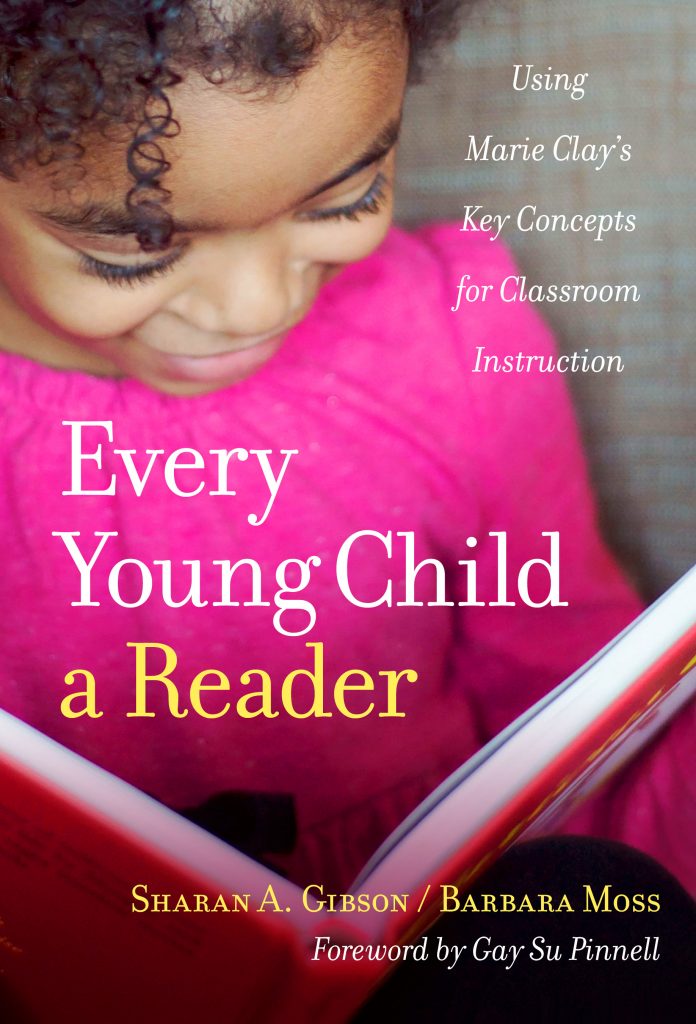Reviewed by Donna Wake
Literacy is a hot topic issue, particularly literacy practices focused on teaching our youngest readers. Historically, teachers and policymakers have debated the merits of varying approaches to literacy instruction. These debates have been highly politicized and are often referred to as the reading wars. Proponents for whole language approaches to literacy instruction assert the merits of top-down reading instruction, while their opponents contend that bottom-up phonics-based education is the better approach to supporting young readers. This trend continues today with many states engaging in debates around topics such as the suitability of the Common Core State Standards (CCSS) and legislation around levels of dyslexia identification, intervention, and teacher training.
In contrast, many educators take a more moderate approach in advocating both approaches be present in the classroom in a balanced literacy model. They also advocate for developmental appropriateness from this perspective. The National Association for the Education of Young Children (NAEYC) and International Literacy Association (ILA) emphasize birth to age eight as the most important period of literacy development (Neuman, Copple, & Bredekamp, 2000). These organizations have established recommendations for teaching practice and public policy in the literacy education of emergent readers and writers. While these recommendations offer teachers of young readers a general roadmap to best practices in reading instruction, teachers may need more concrete guidance in enacting best practices in literacy instruction.
In Every Young Child a Reader: Using Marie Clay’s Key Concepts for Classroom Instruction, authors Sharan A. Gibson and Barbara Moss explore reading and writing instruction with a goal of providing practicing K–2 teachers with pragmatic tools to support the literacy development of the youngest readers. Gibson and Moss offer a concise framework and draw together research around critical components of early literacy development. Their intent is to promote teacher autonomy based on research-based best practices around a balanced literacy model. As such, their text is positioned to support practicing teachers who already have some training in literacy instruction and are seeking to raise the bar in their own pedagogical practice. It is neither a text for preservice teachers nor teachers with minimal training in literacy development.
The authors base their framework on the legacy of Marie Clay, the originator of the Reading Recovery program. Instead of focusing on the individual instruction of at-risk students with targeted interventions, Gibson and Moss take Clay’s principles defining effective instruction. They propose using these same guidelines to teach all children in the classroom context using both small, flexible grouping and whole class instructional models.
The principles Gibson and Moss select ground this book within the balanced literacy model. First, literacy processing is complex and involves multiple language knowledge sources which must be explicitly taught (e.g., story structure, language structure, word structure, letter features, and concepts about print). Second, reading and writing are reciprocal in nature. Learning in one area supports and extends learning in the other. Third, reading continuous text is essential and young readers need routine practice with reading text beyond identification of letters, letter sounds, and isolated word practice. Finally, matching children with increasingly complex texts and different types of texts are key to developing children’s strategic reading behaviors and for differentiating instruction.


